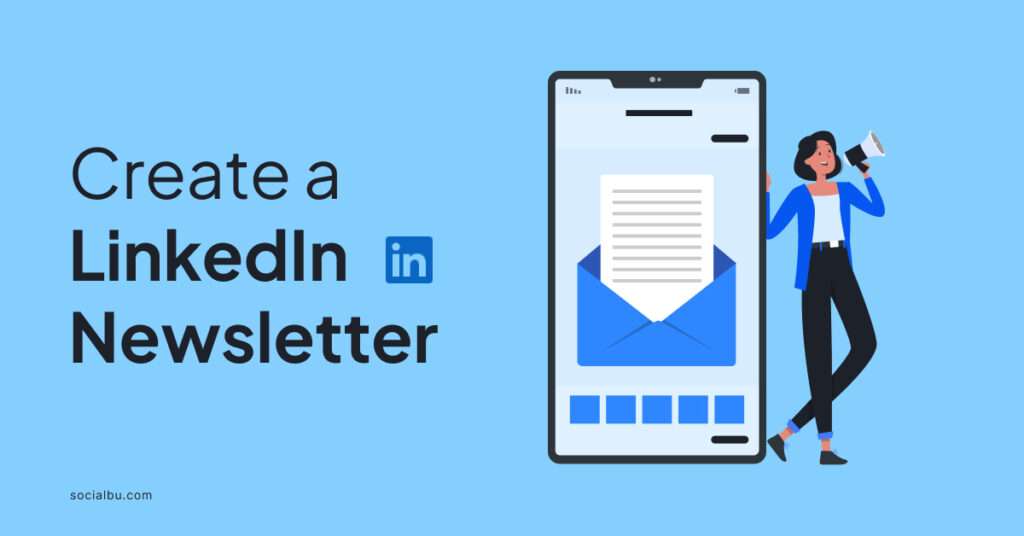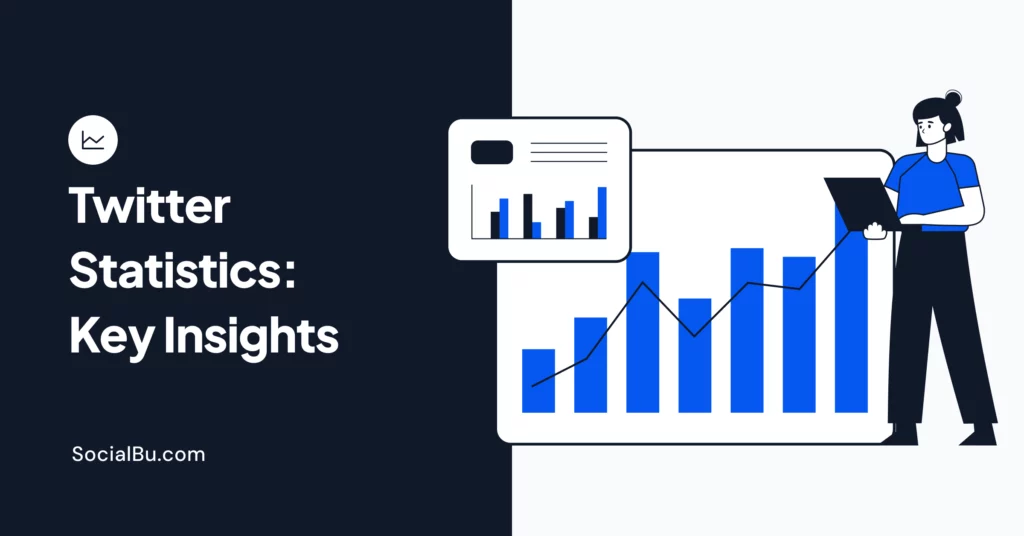With over 800 million users, LinkedIn is a powerful platform for professionals to establish their brand, share their expertise, and grow their network. One effective way to get followers on LinkedIn to do this is by creating a LinkedIn newsletter. LinkedIn Newsletters are a powerful tool that allows you to share your expertise directly with a targeted audience.
Here’s why you should consider incorporating them into your professional branding strategy, and how to start with your very own newsletter.
Why Use a LinkedIn Newsletter?
LinkedIn Newsletters offer a multitude of benefits for professionals looking to expand their reach and build credibility:
- Establish Thought Leadership: Regularly publishing insightful content on a specific topic positions you as an expert in your field. Newsletters allow you to share your unique perspective on industry trends and challenges, demonstrating your knowledge and fostering trust with your audience.
- Targeted Audience Reach: Unlike regular LinkedIn posts that can get lost in the newsfeed, newsletters go directly to your subscribers. This targeted approach ensures your content reaches those most interested in your expertise, leading to higher engagement and meaningful conversations.
- Brand Awareness & Credibility: By consistently delivering valuable content, newsletters help you build brand recognition and establish yourself as a credible source of information. The SEO benefits of content creation are also a plus – the more content you create, the more likely you are to be discovered by potential clients or employers searching for relevant expertise.
Who Should Use a LinkedIn Newsletter?
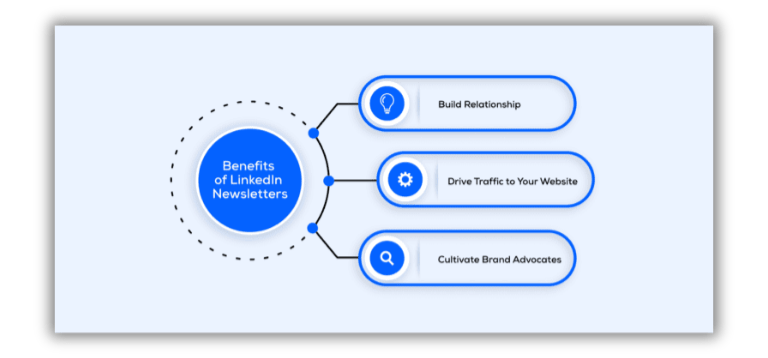
LinkedIn Newsletters are a valuable tool for a wide range of professionals, including:
- Industry Experts & Consultants: Share your insights and analysis of industry trends, offering valuable guidance to your audience.
- Business Owners & Entrepreneurs: Showcase your company’s expertise and thought leadership, attracting potential clients and partners.
- Freelancers & Independent Professionals: Establish yourself as a go-to authority in your field, increasing your visibility and attracting new projects.
- Job Seekers: Demonstrate your skills and knowledge by creating content relevant to your desired career path, making a strong impression on potential employers.
How to Create a LinkedIn Newsletter (Step-by-Step Guide)
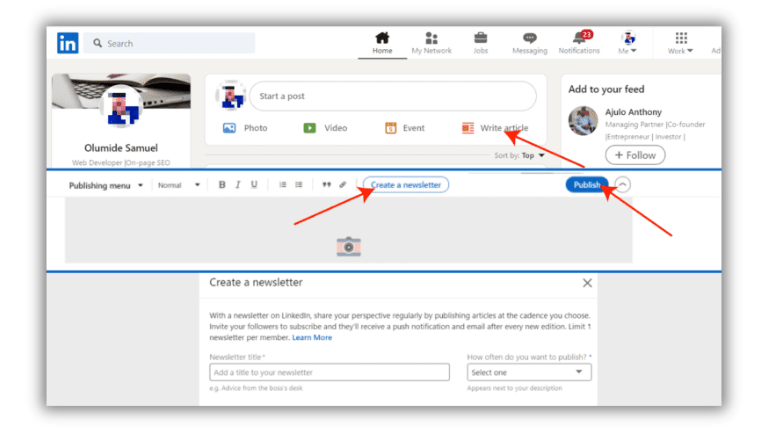
Creating a LinkedIn Newsletter is straightforward. First, check your eligibility—having a decent follower base is usually a requirement. Not sure if you qualify? Head to your LinkedIn profile and see if the “Write article” option includes “Create newsletter” as a sub-menu.
Once you’re eligible, creating your first newsletter is easy:
- Access your LinkedIn homepage and select the “Write an article” option from the menu.
- Choose “Create a newsletter” from the drop-down options to craft your publication.
- Give your newsletter a captivating title and add an eye-catching cover image to grab your audience’s attention.
- Develop your content, incorporating engaging visuals like images, videos, or infographics to enhance the reader’s experience.
- Once you’ve finished creating your newsletter, click “Publish” to share it with your professional network.
Tips for a Successful LinkedIn Newsletter
Now that you know the basics, here’s how to take your LinkedIn newsletter to the next level:
1. Know Your Audience
Tailor your content to the specific interests and needs of your target audience. What are their pain points? What kind of information are they looking for? Conduct audience research to ensure your content resonates with them. By optimizing for readability, you’ll make your content more accessible and enjoyable for your audience.
Clear and concise writing, combined with visual aids like bullet points, subheadings, and short paragraphs, will help to break up the text and guide the reader through your content. This will reduce friction and make it easier for your audience to scan, understand, and retain the information. By prioritizing readability, you’ll be able to communicate your message more effectively, increase engagement, and leave a positive impression on your audience.
2. Variety is Key
Don’t be afraid to experiment with different content formats. To keep your audience engaged, include a mix of text-based articles, infographics, short videos, or even interview transcripts with industry leaders. By incorporating a variety of content formats, you’ll keep your audience engaged and cater to different learning styles and preferences.
Some people prefer to read a detailed article, while others enjoy a quick video or infographic. Mixing it up will ensure that your content remains fresh and exciting and that your audience stays interested in what you say. Additionally, experimenting with different formats will help you to stand out from the crowd and establish your brand as a thought leader in your industry.
3. Data & Storytelling
Back up your claims with data and statistics to add credibility to your content. Weave storytelling elements into your writing to make your information more relatable and memorable. Using data and storytelling techniques will make your content more engaging, persuasive, and memorable. By citing credible sources and statistics, you’ll establish your authority on the subject matter and build trust with your audience.
Meanwhile, storytelling elements will help to illustrate your points and make your content more relatable, allowing your audience to connect emotionally with the information. This powerful combination will make your content more impactful, shareable, and memorable, ultimately driving home your message and leaving a lasting impression on your audience.
4. Optimize for Readability
Keep your writing clear, concise, and easy to understand. Use bullet points, subheadings, and short paragraphs to summarize your text. By optimizing for readability, you’ll make your content more accessible and enjoyable for your audience. Clear and concise writing, combined with visual aids like bullet points, subheadings, and short paragraphs, will help to break up the text and guide the reader through your content.
This will reduce friction and make it easier for your audience to scan, understand, and retain the information. Good readability will also improve the overall user experience, making your content feel more modern, sleek, and professional. By prioritizing readability, you’ll be able to communicate your message more effectively, increase engagement, and leave a positive impression on your audience.
5. Engaging Subject Lines
Your newsletter’s subject line is the first impression readers get, so it’s crucial to get it right. A well-crafted subject line should be clear, concise, and enticing, providing a glimpse into the value that awaits inside. It should also be creative and attention-grabbing, setting your newsletter apart from the crowd.
A great subject line will increase open rates and build anticipation and curiosity, making readers eager to dive into your content. Investing time and effort into crafting the perfect subject line will reward you with a higher engagement rate and a successful LinkedIn newsletter that resonates with your audience.
Promoting Your LinkedIn Newsletter & Building Your Audience
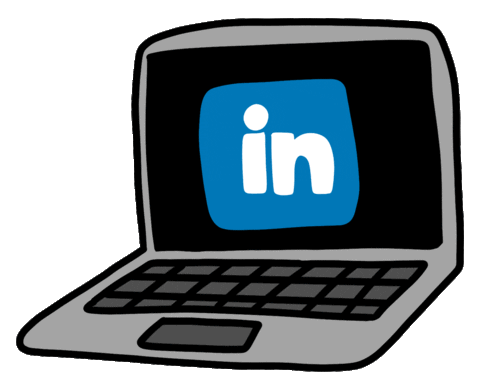
Don’t wait for subscribers to come to you – promote your newsletter. Here are some effective strategies:
- Using a Social Media Management Tool: Use a top-level social media management tool such as SocialBu to amplify your newsletter’s reach. With SocialBu, you can schedule posts, track engagement, and analyze performance across multiple platforms, including LinkedIn.
- Leverage Your Network: Share your newsletter with your existing LinkedIn connections and encourage them to subscribe.
- Guest Posting: To reach a wider audience and showcase your expertise, consider guest posting on relevant LinkedIn profiles or publications.
- Leveraging LinkedIn Premium: Upgrade to LinkedIn Premium to unlock exclusive features that help you promote your newsletter and grow your audience.
- Cross-Promotion: Promote your newsletter on platforms like your website, blog, or social media channels.
- Run Contests & Giveaways: Offer incentives like free consultations or exclusive content.
- Engage in Industry Discussions: Actively participate in relevant LinkedIn groups and discussions to establish yourself as an expert and attract new followers.
Wrap-up
In conclusion, creating a LinkedIn newsletter is a valuable way to establish your professional brand, share your expertise, and grow your network. Following the steps and tips outlined in this article, you can create a successful newsletter that resonates with your audience and sets you apart as a thought leader in your industry. With a well-crafted newsletter, you can showcase your knowledge, build trust with your audience, and drive meaningful conversations.
By leveraging tools like SocialBu to streamline your social media management and promote your newsletter, you’ll be able to reach a wider audience and maximize your impact. By consistently delivering value through your newsletter, you’ll establish a strong professional brand, expand your influence, and unlock new opportunities.
Linkedin Newsletter: FAQS
What is a LinkedIn newsletter?
A LinkedIn newsletter is a periodic posting that updates people about relevant news and can be written by anyone in any industry.
Are LinkedIn newsletters worth it?
Yes, LinkedIn newsletters are worth it. They can help you reach a wider audience, increase user engagement, promote brand awareness, establish authority, and boost lead generation.
What is the difference between LinkedIn articles and newsletters?
The difference between LinkedIn articles and newsletters is that articles are usually longer and more in-depth. On the other hand, LinkedIn newsletters are shorter and more concise.
How do I grow a newsletter on LinkedIn?
You can grow a newsletter on LinkedIn by choosing,
- A relevant name,
- writing an impactful headline,
- providing commentary for engagement,
- sharing and promoting your newsletter,
- and publishing regularly.
